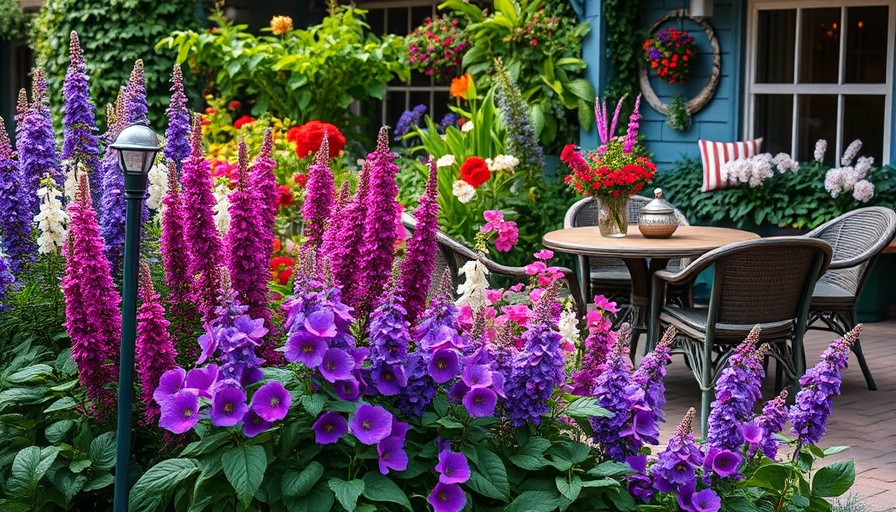
Why a Year-Round Perennial Garden is Worth the Effort
A year-round perennial garden offers stunning aesthetics and ecological benefits, making it a worthwhile investment for any homeowner. Not only do perennial gardens blossom with color throughout different seasons, but they also provide shelter and food for wildlife, contributing to local biodiversity. As an added bonus, once established, these gardens require less maintenance compared to annual gardens. This allows you to enjoy a flourishing garden without the hassle of replanting every year.
Assessing Your Gardening Site for Optimal Growth
Before you embark on your gardening journey, the first key step is to thoroughly assess your garden site. Consider the sunlight, space, soil, and water accessibility. A well-placed perennial garden should thrive in a location that gets at least six hours of sunlight. Don't forget to observe other features that could impact growth, such as shade structures or wind barriers. Knowing these basics can help you select the right plants according to your specific Muskegon environment.
Choosing the Right Perennials for Your Garden
Once you’ve established your garden’s conditions, the next step is selecting the right perennials. Consider choosing local varieties that are adaptable to Muskegon's climate, such as milkweed or echinacea. These plants not only flourish but also support local fauna, such as pollinators. By carefully pairing plants that have overlapping bloom times, your garden can maintain vibrant colors throughout the seasons, transforming your space into a sanctuary of beauty.
Design Principles for a Landscape that Never Sleeps
Designing a perennial garden takes creativity and thoughtful planning. Use layering techniques by placing taller plants at the back and shorter ones in front to create depth. Consider incorporating pathways for accessibility and aesthetic value, as well as raised beds for easier maintenance and improved soil drainage. These elements will allow your year-round garden to shine and be a pleasant area for gathering.
Practical Tips for Long-Term Maintenance
Although perennials are less labor-intensive than annuals, they still require some maintenance to thrive. Regular weeding, watering during dry spells, and mulching are essential practices that will keep your garden healthy. Installing an automated watering system can also save you time and ensure that your plants receive adequate moisture. Such setups can be tailored to the unique specifications of your Muskegon garden, further streamlining maintenance.
Taking Inspired Action
Creating and maintaining a year-round perennial garden can enhance not just your yard’s beauty but your quality of life as well. You’ll cultivate a place of resilience, calm, and community engagement. Whether through selecting the right plants or implementing efficient watering systems, every step you take contributes to a vibrant space filled with life. So why not get started? Your local lawn care provider, Norther-LawnCare.com, is ready to assist you. Call Everett Lucas at 231-450-3414 to elevate your gardening experience today.
 Add Row
Add Row 
 Add
Add 


Write A Comment